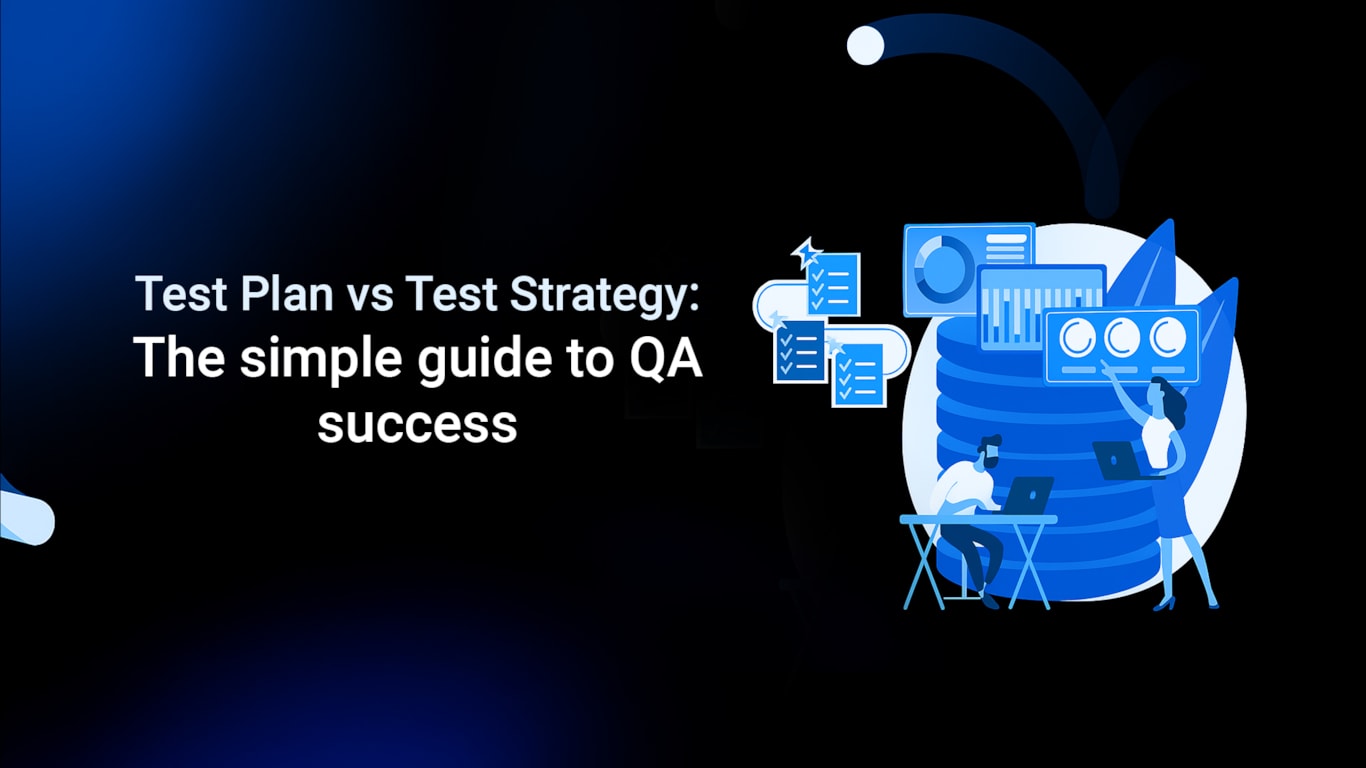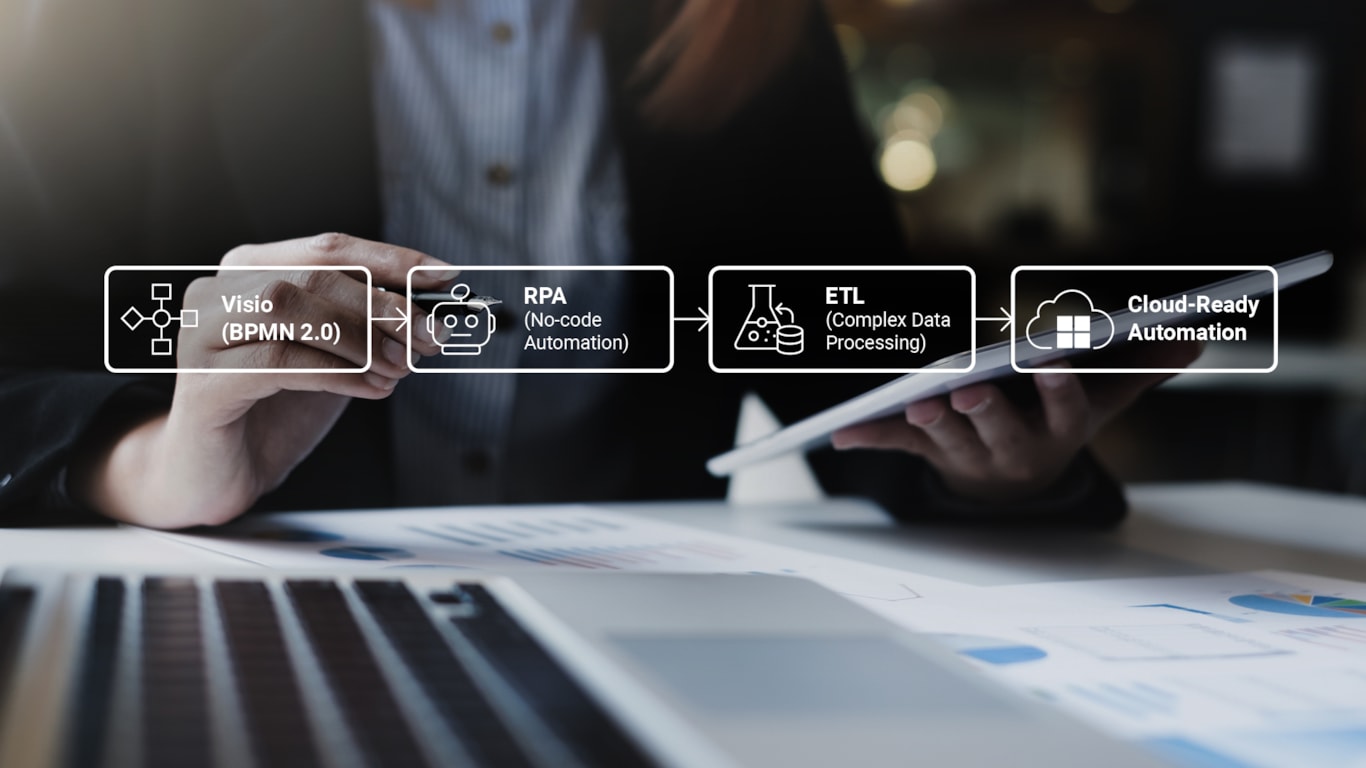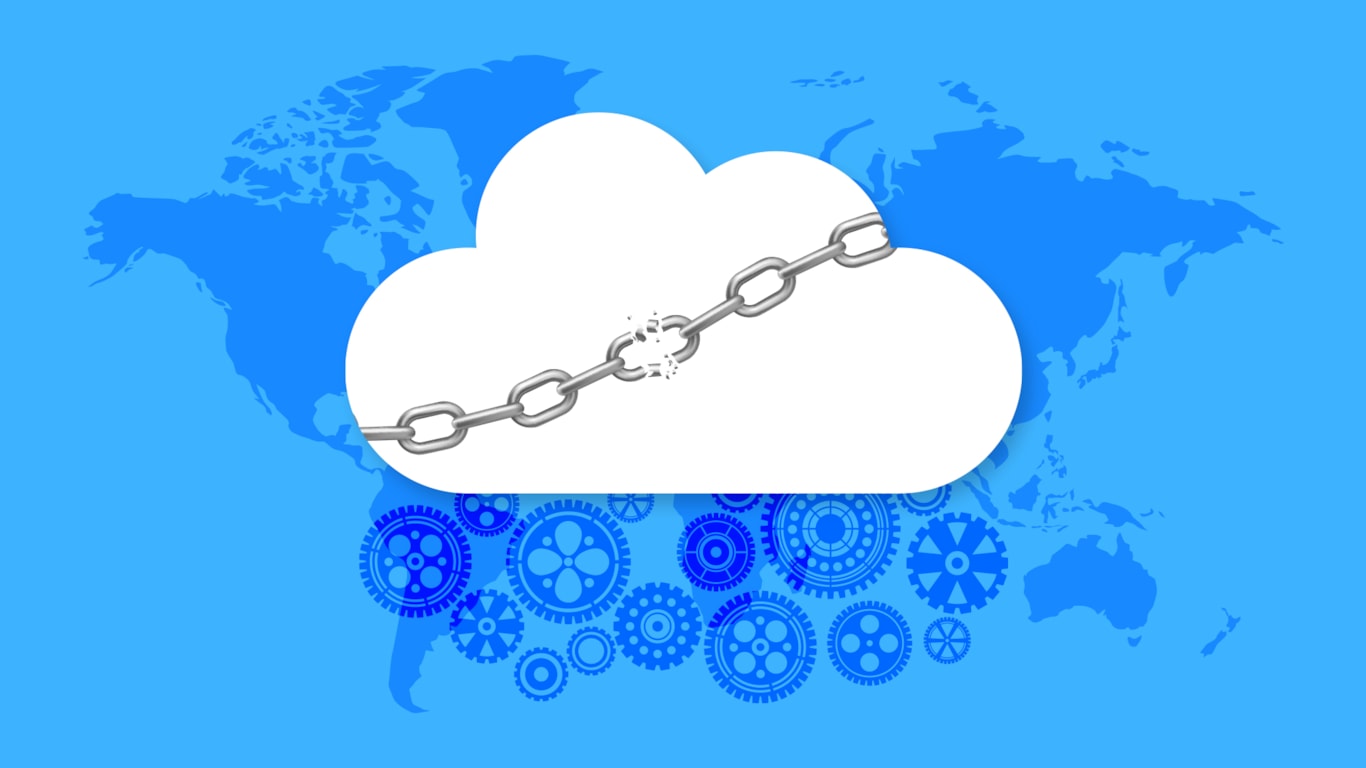
Test Plan vs Test Strategy: The simple guide to QA success
Implementing a test strategy and a test plan, essential QA documentation, provides the framework and clarity every business needs to ensure reliable, high-quality software delivery.

BPMN 2.0: How BPMN standards help build modern architectures
Legacy systems holding you back? Disconnected tools and outdated processes lead to costly errors and slow growth. BPMN 2.0 brings clarity. New version helps align business, teams, and stakeholders through visual process models that drive smarter cloud migration and faster transformation.

Process-driven automation for businesses: How BPMN, RPA, and ETL work together
Still stuck with manual workflows? Automation doesn’t have to mean massive rewrites or lost control. By combining clear process mapping (BPMN), no-code robotic automation (RPA), and smart data processing (ETL), you can streamline operations smoothly, integrating with your existing systems and scaling effortlessly in the cloud.

Why legacy architecture holds back business growth — and how to modernize it without risks
Outdated legacy systems slow innovation, increase costs, and create vendor lock-in risks. Learn how to unlock your business’s full potential with a step-by-step modernization roadmap designed to protect continuity and accelerate growth.

The importance of regulatory compliance integration when entering a new market in Fintech
Fintech thrives on innovation, advancing global financial services with modern technologies. The industry promises a lot of opportunities to ensure seamless payments all around the world. However, despite its immense potential, fintech companies, no matter the size, face a critical challenge: regulatory compliance. In this blog article, we’ll discuss regulatory compliance as a strategic asset for market entry and give tips from industry leaders for cross-border fintech compliance strategy.

Cloud ETL: efficient management of data fragments for scalable insights
Data puddles are a practical starting point for managing information: easier to maintain, faster to access, and more adaptable to real-time business needs. However, this approach works well only in the early stages of the data collection. Digital transformation becomes a necessity for stability, effectiveness, and growth.